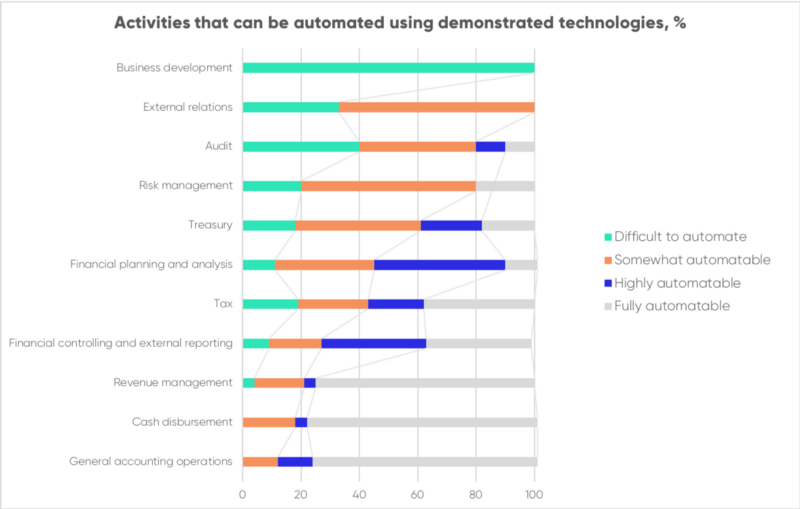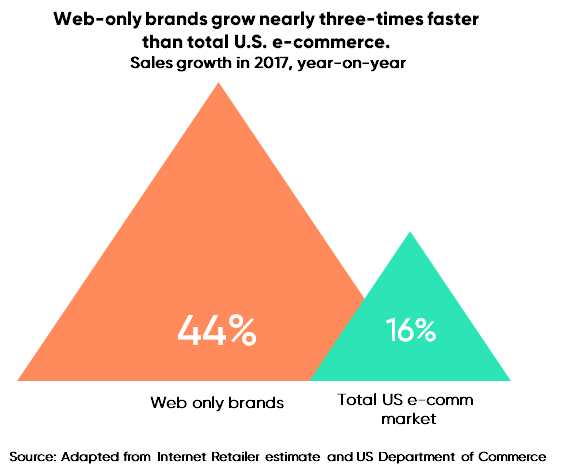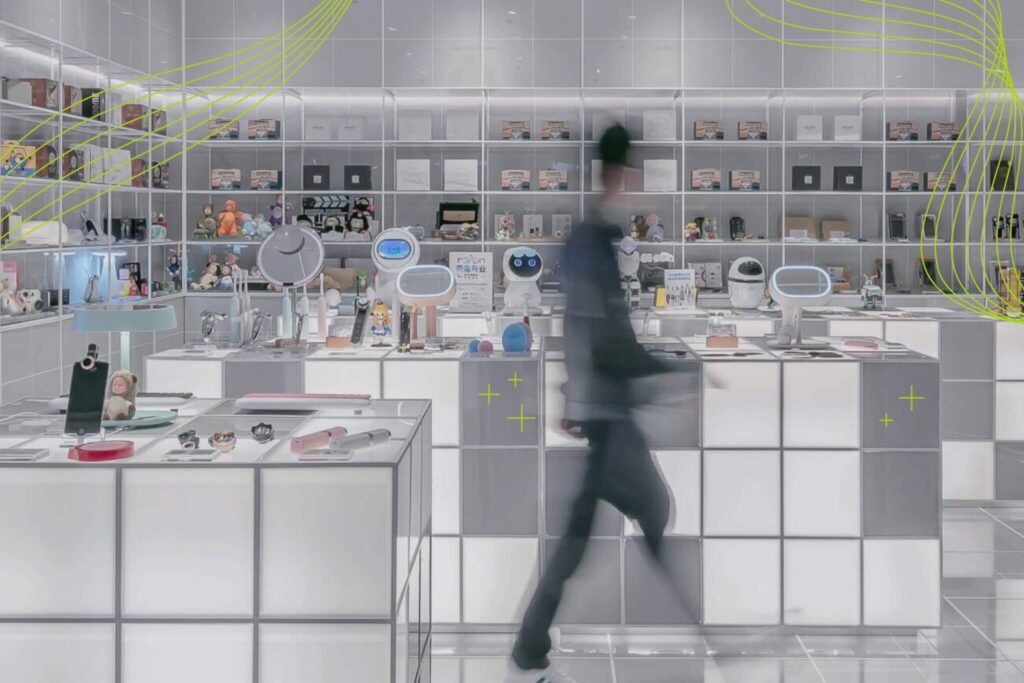
News coverage on the gig economy usually centers on digital platforms such as Uber, Lyft and Upwork. What this coverage fails to mention, however, is the growing “white collar” dimension of the gig economy, made up of highly qualified professionals working independently. As more and more professionals leave traditional employment, you might be asking yourself if you should do the same – and if so, how to succeed?
To be successful, a strong network is often key. Especially when starting to freelance, setting up and nurturing a professional network is the best way to get leads and clients. If you’re considering taking the leap into an independent career, get started building your network ahead of your career transition, so that you will be up to speed right away. In this article, we explore how to build this network, and how to reap the most value out of it.
How to build your network
You’re thinking of leaving the corporate world behind for a career in independent consulting. How can you build, expand and foster your network?
1. Keep in touch with colleagues from your previous employer
When leaving your company after years, make sure to maintain contact with your co-workers. Having worked with you for quite some time, they are aware of the skills and value you can add to teams. This could come in handy, should they (or any of their connections) be looking for a consultant in the future. Who knows – this might turn into a valuable lead!
How: Connect with your ex-colleagues through LinkedIn. Let them know about your future plan to start freelancing in your field of expertise, and the possibility to forward you any open roles they might encounter.
2. Join networks online
Online networks are one of the easiest ways to manage your connections. You can send direct messages, as well as give or ask for recommendations. This is a great way to build and maintain a connection, and it might come in handy, as you’re more likely to be considered for a job if you’ve kept regular contact!
How: Adding old colleagues to your online networks is a great first step. Next to that, don’t forget to join groups to find and connect with a range of professionals from your industry or location, as well as other freelancers.
LinkedIn: The go-to platform for online networking for professionals remains LinkedIn. Connecting with other professionals, be it ex-colleagues, freelancers or clients, is as easy as sending a personal message. Have a look at other freelancers in your branch of expertise to get inspiration on how to market and even differentiate yourself!
LinkedIn Groups: A great way to connect people with similar interests, goals or background. This will help you build connections outside your inner circle, all the while still generating leads within your area of expertise.
Just start by searching for groups by typing in keywords such as “digital strategy”, “retail” or “RPA”. You can start by introducing yourself, your interests and your background. By being an active community member in this group, you might be considered when a new job opportunity comes up.
Social Communities: You can also find consultant groups on Twitter, Slack and even on Facebook. These platforms make it quite easy to connect to people and to have conversations. Additionally, you might find relevant information regarding starting your own freelance business. Riverflex consultants have access to Slack community where the can share and access useful information and opportunities – to join, sign up on our website!
3. Network offline as well
To grow your network even further, make sure to also attend offline meetings or events in your industry.
How: The more people you meet, the higher your chances are of finding a new opportunity. Make sure to approach different people and engage in conversations.
On Meetup and Eventbrite you can find more events based on your areas of interest and location. Next to that, consider becoming a member of a local chamber of commerce, industry association or volunteer on the board for a charity – all these actions can act as a direct lane to new leads. If you’re not able to find an association or group that seems relevant to you, how about creating one yourself?
Riverflex is organising face-to-face events on a regular basis, in London and Amsterdam. Our goal is to give freelance consultants the opportunity to meet like-minded peers, discuss opportunities in the digital space, and learn more about how to strengthen their independent brand. Read more about our next event on The Future Of Work and sign up here.
4. Build a reputation
Even better than attending events is being a speaker at one, as it gives you additional networking opportunities and visibility. If you’re speaking at an event, you immediately are considered an expert in a field. This gives you the opportunity to show your expertise and make a lasting impression on your audience.
How: When given the opportunity, make sure to publicise your contact details at the end of your presentation and give the opportunity for discussion afterwards to further connect with interested peers.
5. Connect at co-working spaces
You won’t find a space with a higher concentration of independents than a co-working space. That’s a great opportunity for you to join the crowd and build connections across industries. Oftentimes these spaces will also organise networking events.
How: Look out for these kind of co-working spaces in your city. Riverflex for example is located at TQ in Amsterdam! Let us know if you’d like to come by for a coffee.
How do you get value out of your network?
So you have network. Now comes the difficult part: getting value out of it. It’s not all about coffee drinking – how can your connections bring value to your independent brand?
1. Stay active / build relationships (online & offline)
First and foremost, keep an active online and offline presence. It helps to build stronger relationships and pushes your content as well as your profile at the top of mind for other freelancers as well as potential leads.
How: All online social platforms are two-way communication communities. Pushing content alone, doesn’t work – liking and commenting on relevant posts from others increases your own visibility. Offline, take time for important meetings and people.
2. Referrals
Give to get. Referrals always go a long way – they are a great relationship strengthener, and you can be sure that, eventually, the consultant you helped out will get back to you with an opportunity. This appreciation usually comes back to you when other freelancers are too busy to take on a job or are looking for someone to work together. Sometimes there’s even the possibility of a referral kickback.
How: Don’t treat other freelancers as competition but rather as your colleagues. Your goal is to stay top of their mind, which you can do through referring interesting job opportunities.
3. Sharing knowledge
Why: Sharing insights from past experiences is a great way to make an impact on potential leads. Writing informative content on your area of expertise, tackling issues that potential clients are facing, will resonate with readers and demonstrate your knowledge and experience. This is a different approach to tell your audience that you’re the right person for the job.
Within the Riverflex community, we encourage consultants to team up and share their expertise by publishing it in quality articles that will boost their independent brand. Have a look at these articles on the meaning of digital transformation, and the role of marketing in organisational change.
How: Repeating information from other websites won’t give your audience what they need. You should start with topics in your field of expertise, where your clients have the most questions. This will ensure your articles have an actual impact.
4. Ask your network for support
Next to offering your expertise, your network is a great place to find answers to your questions and support. Use your connections to find expertise, ideas and tips – and return the favor. Not only will you become a valuable addition to your contacts’ network, but you’ll find that the favor is returned in abundance when people recommend you to others who are looking for similar help – and that can mean paying clients.
How: When sharing your knowledge (see tip 3) or interacting with other people at conferences, always make sure that you’re open to any discussions, questions or feedback. Next to that make sure to make use of LinkedIn groups or professional networks (such as the Riverflex Slack community) to find answers to your questions.
Now it’s time to go out there and start networking. Good luck!







